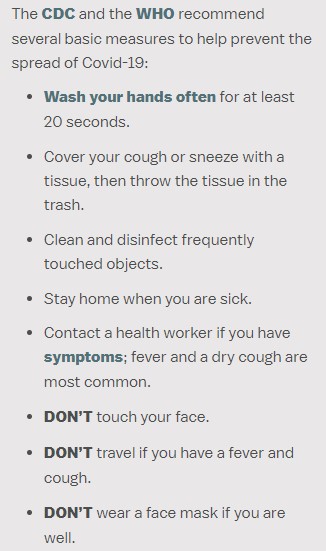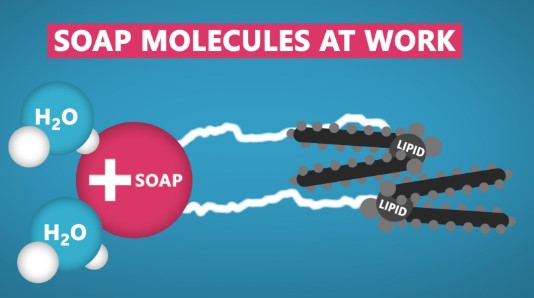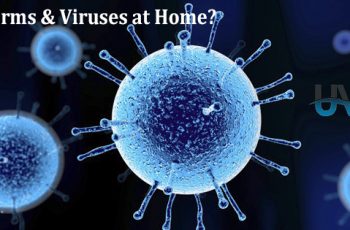Handwashing with Soap: The Best for Preventing the Spread of Germs
The best ways for preventing the spread of germs and the global health war against the COVID-19 coronavirus are two measures: Quarantine/social isolation and cleaning your hands.
Viruses can be active outside the body for hours, even days. Disinfectants, liquids, wipes, gels and creams containing alcohol are all useful at getting rid of them, but they are not quite as good as normal soap.
Why does soap work so well on the SARS-CoV-2, the coronavirus and indeed most viruses?
Soap is a self-assembled nanoparticle in which the weakest link is the lipid (fatty) bilayer. The soap dissolves the fat membrane and the virus becomes inactive as viruses aren’t really alive. Viruses can be active outside the body for hours, even days.
Once you learn just how weaponized you are with water and a little bit of soap, there’s no turning back. Also, it’ll make you realize that panic–buying hand sanitizer is slightly absurd, when all you need is water (and a little bit of soap).
Disinfectants, or liquids, wipes, gels and creams containing alcohol (and soap) have a similar effects but are not really quite as good as normal soap. Apart from the alcohol and soap, the “antibacterial agents” in these products don’t affect the virus structure much at all.
Consequently, many antibacterial products are basically just an expensive version of soap in terms of how they act on viruses. Soap is the best but alcohol wipes are good when soap is not practical or handy (e.g. office receptions).

Why doctors prefer handwashing with soap and water?
Human skin is an ideal surface for a virus. When you cough, or especially when you sneeze, tiny droplets from the airways can fly up to 10 metres. The larger ones are thought to be the main coronavirus carriers and they can go at least two metres. These tiny droplets end on surfaces and often dry out quickly. But the viruses remain active.
When you touch, say, a steel surface with a virus particle on it, it will stick to your skin and hence get transferred on to your hands. If you then touch your face, especially your eyes, nostrils or mouth, you can get infected. And it turns out that most people touch their face once every two to five minutes.
Washing the virus off with water alone might work. But water isn’t enough. Soapy water is totally different. Soap contains fat-like substances, known as amphiphiles, some of which are structurally very similar to the lipids in the virus membrane. The soap molecules “compete” with the lipids in the virus membrane. This is more or less how soap also removes normal dirt from the skin.
Medical professionals say that the gold standard for maintaining hand hygiene is proper and consistent handwashing with soap. That’s because soap and water are simply more thorough.
Viruses are most effectively killed and removed from hands with soap and water. Soap kills germs, binds them, and helps physically remove them, with the water, off your skin and down the drain.
What to look for in a hand sanitizer when soap and water aren’t available?
If your only option is hand sanitizer, check the ingredients. Hand sanitizers with upwards of 60 percent alcohol are good second alternatives. FDA recommends consumers look for up to 95 percent ethanol or isopropanol.






